As the sun set over the Texas Hill Country, a group of Republican strategists gathered in a conference room, armed with maps and data, to launch a bold plan to reshape the state's congressional landscape. Their goal was clear: to redraw the electoral map in their favor, securing a lasting advantage for the GOP. This was the opening salvo in an unprecedented national battle for control of the redistricting process, a fight that would determine the course of the 2026 elections.
The stakes are high, as both parties seek to capitalize on the once-a-decade opportunity to redraw congressional districts. The process, known as gerrymandering, allows politicians to manipulate electoral maps to their advantage, packing voters into districts that favor their party. The outcome will have far-reaching consequences, as the new maps will shape the electoral landscape for the next decade.
In Texas, the Republican effort was sparked by President Donald Trump's insistence that the party take bold action to secure its grip on power. The state's Republican leaders, emboldened by Trump's words, set out to create a map that would cement their control over the state's congressional delegation. The plan, which was unveiled in the summer, aimed to pack Democratic voters into a handful of districts, while creating a slew of Republican-friendly seats.
But Democrats were not about to let their opponents have the last word. In California, a group of activists and politicians had been working tirelessly to counter the Republican gains. They gathered signatures, mobilized voters, and fought a fierce campaign to pass a ballot initiative that would create a new, more competitive map. And on November 4, their efforts paid off, as California voters approved the new map by a wide margin.
The California victory was a major breakthrough for Democrats, who had been struggling to keep pace with the Republican redistricting efforts. But it was not just a victory for the party - it was also a testament to the power of grassroots activism and the determination of ordinary citizens to shape their own electoral destiny.
As the battle for control of the redistricting process continues to unfold, both parties are seeing where they can counter each other's gains. In states like Florida and North Carolina, Republicans are pushing to pass new maps that would further entrench their power. But Democrats are fighting back, using a combination of lawsuits, ballot initiatives, and grassroots organizing to challenge the Republican plans.
The outcome of this battle will have far-reaching consequences, shaping the electoral landscape for the next decade. As one Democratic strategist noted, "The redistricting process is a once-a-decade opportunity to set the stage for the next decade of politics. We can't afford to let the Republicans get away with a map that would cement their control over Congress."
For their part, Republicans are confident that their efforts will pay off. "We're not just drawing maps - we're drawing a future for America," said a Republican strategist. "We're creating a map that will allow us to build on our successes and continue to lead the country in the right direction."
As the battle for control of the redistricting process continues to unfold, one thing is clear: the outcome will be determined by the strength and determination of the grassroots activists, politicians, and ordinary citizens who are fighting for their right to shape their own electoral destiny.
In the end, the redistricting battle will be a test of the strength and resilience of the American democracy. Will the system deliver a fair and representative map, or will it succumb to the pressures of partisan politics? Only time will tell, but one thing is certain: the outcome will have a lasting impact on the course of American politics for years to come.







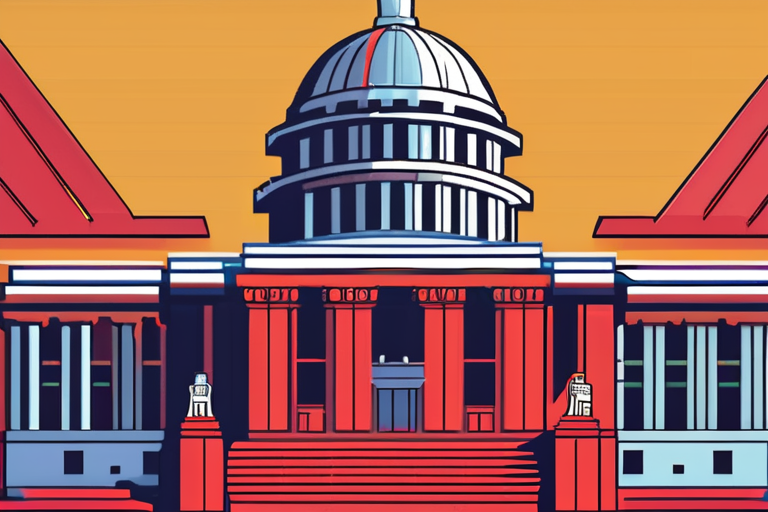
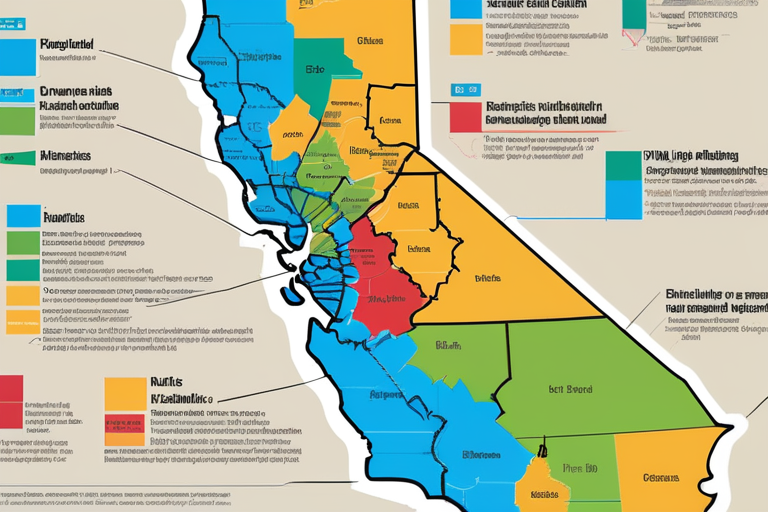


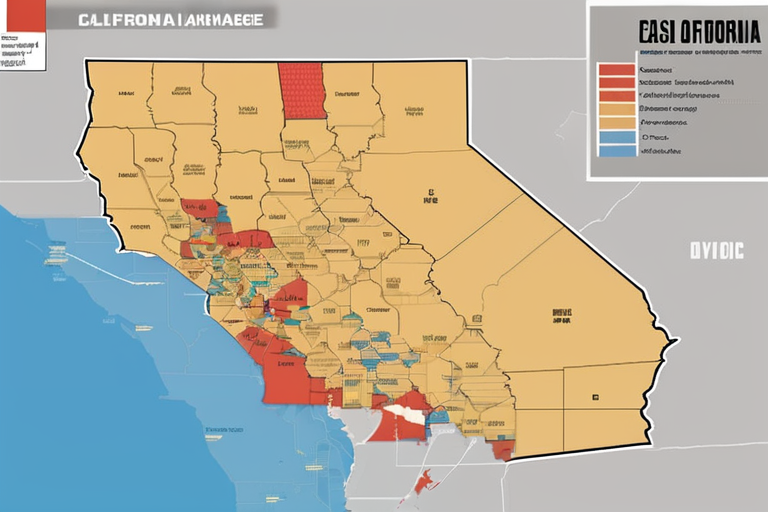





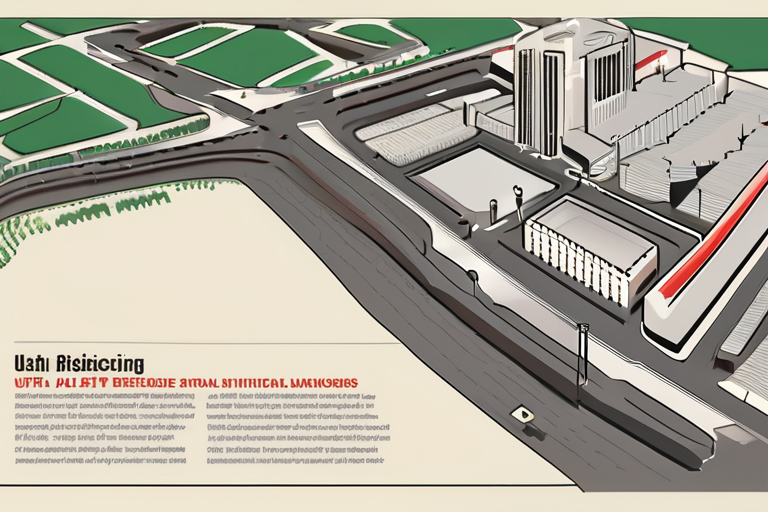
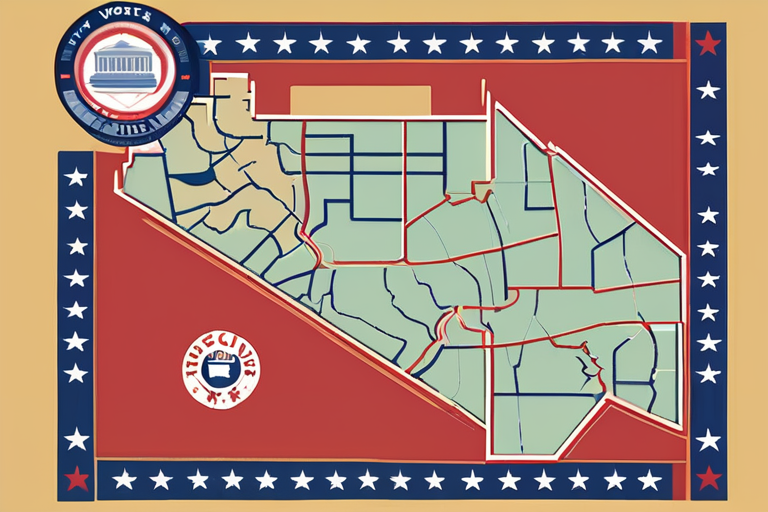



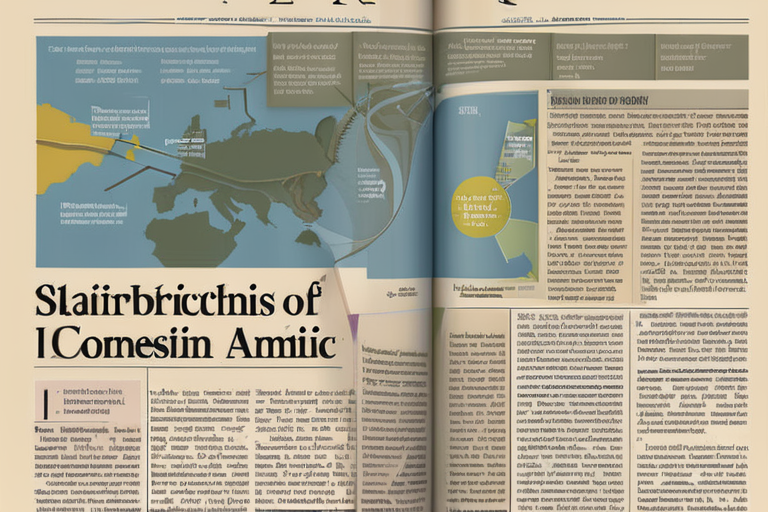
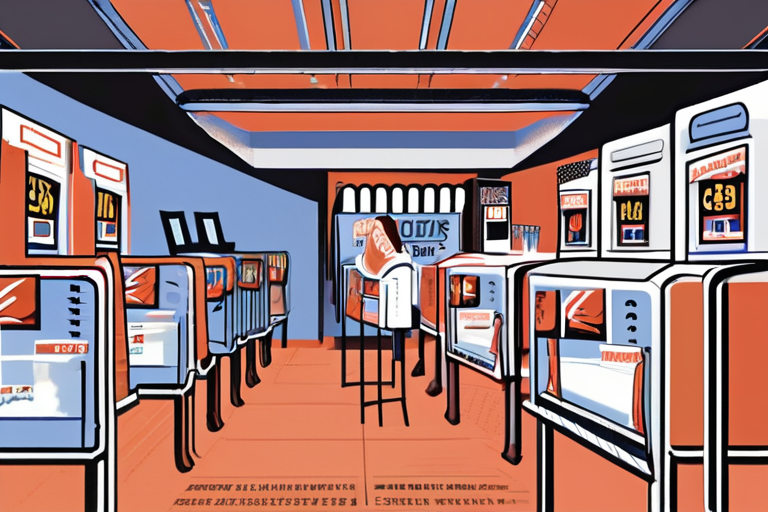



Share & Engage Share
Share this article